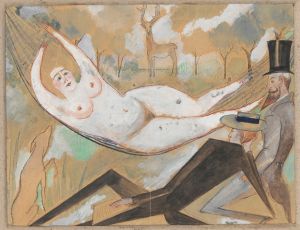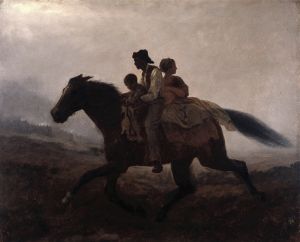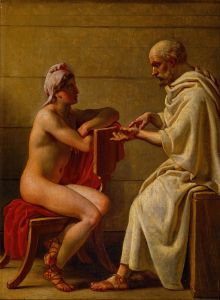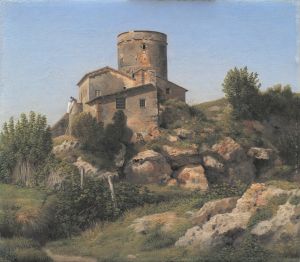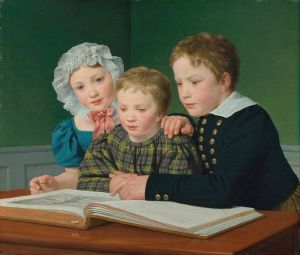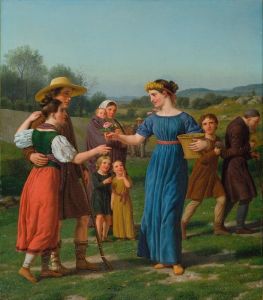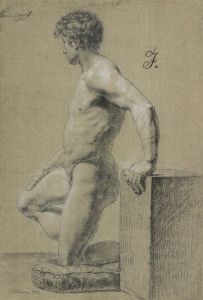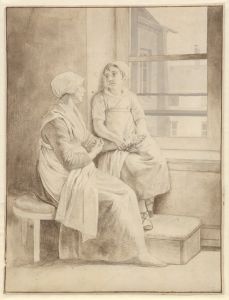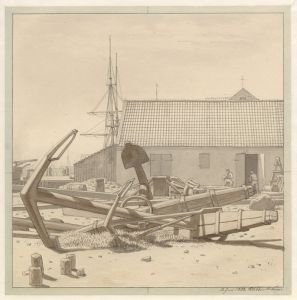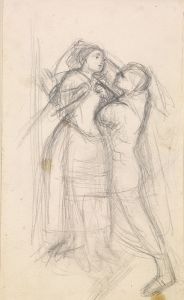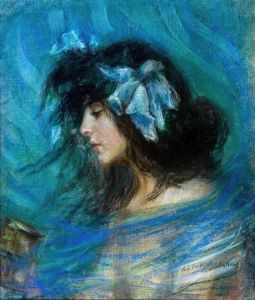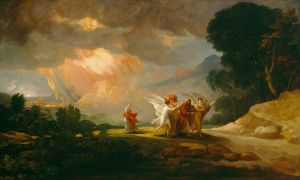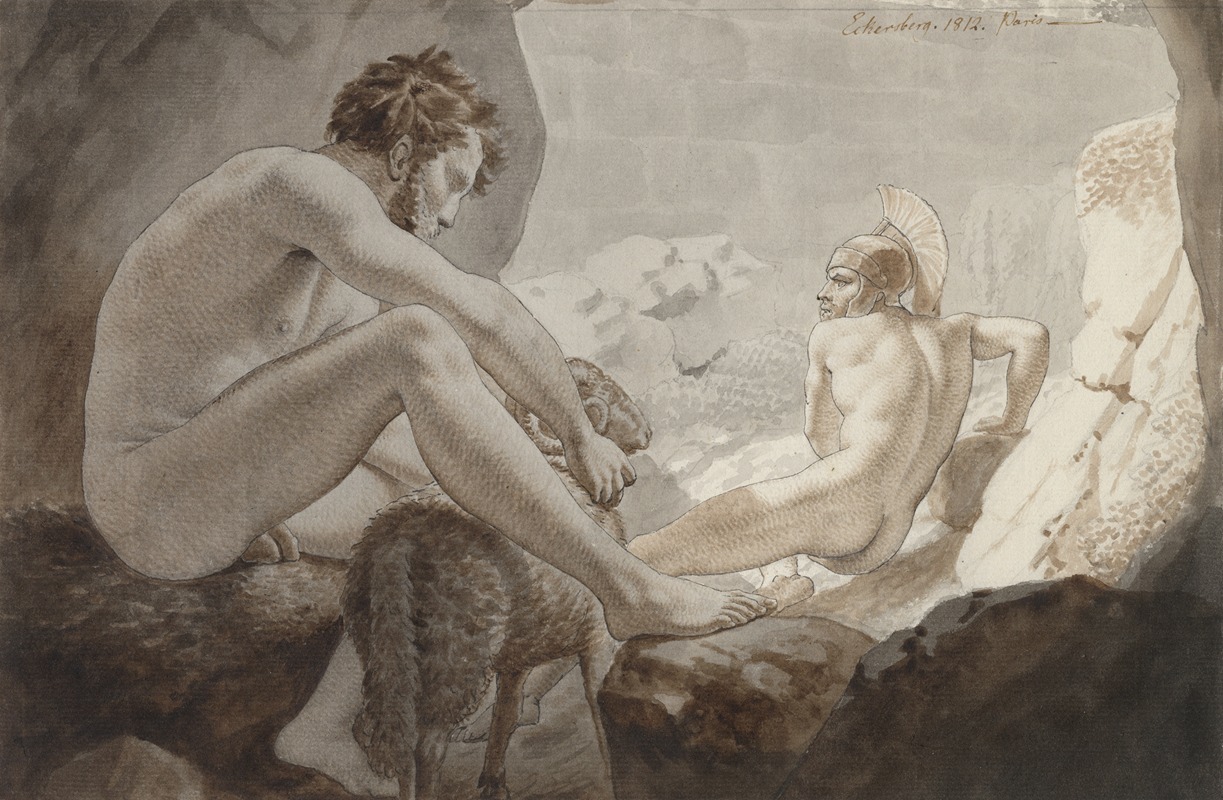
Odysseus flygter fra Polyfem
A hand-painted replica of Christoffer Wilhelm Eckersberg’s masterpiece Odysseus flygter fra Polyfem, meticulously crafted by professional artists to capture the true essence of the original. Each piece is created with museum-quality canvas and rare mineral pigments, carefully painted by experienced artists with delicate brushstrokes and rich, layered colors to perfectly recreate the texture of the original artwork. Unlike machine-printed reproductions, this hand-painted version brings the painting to life, infused with the artist’s emotions and skill in every stroke. Whether for personal collection or home decoration, it instantly elevates the artistic atmosphere of any space.
"Odysseus flygter fra Polyfem" (Odysseus Escaping from Polyphemus) is a painting by the Danish artist Christoffer Wilhelm Eckersberg, created in 1812. Eckersberg, often referred to as the father of Danish painting, was a prominent figure in the Danish Golden Age of painting. His works are known for their clarity, precision, and adherence to classical ideals.
This particular painting depicts a scene from Homer's epic poem, "The Odyssey." The narrative follows the Greek hero Odysseus and his men as they attempt to escape from the cave of the Cyclops Polyphemus. In the story, Odysseus and his crew are trapped in the cave by Polyphemus, who begins to devour them one by one. To escape, Odysseus devises a clever plan: he intoxicates Polyphemus with wine and tells him that his name is "Nobody." When Polyphemus falls asleep, Odysseus and his men drive a sharpened stake into the Cyclops' single eye, blinding him. As Polyphemus calls for help, he can only say that "Nobody" is attacking him, leading the other Cyclopes to ignore his cries. The next morning, Odysseus and his men escape by clinging to the undersides of Polyphemus' sheep as they are let out to graze.
Eckersberg's painting captures the moment of escape, focusing on the dramatic tension and the heroic cunning of Odysseus. The composition is carefully structured to highlight the perilous situation and the ingenuity of the Greek hero. Odysseus is depicted with a determined expression, emphasizing his leadership and resourcefulness. The use of light and shadow in the painting enhances the sense of danger and urgency, with the dark interior of the cave contrasting sharply with the light outside, symbolizing freedom and safety.
The painting is a fine example of Eckersberg's skill in combining classical themes with a meticulous attention to detail. His training at the Royal Danish Academy of Fine Arts and his studies in Paris and Rome are evident in the classical composition and the anatomical precision of the figures. Eckersberg's work was instrumental in shaping the direction of Danish art in the 19th century, influencing a generation of artists who followed him.
"Odysseus flygter fra Polyfem" is housed in the National Gallery of Denmark (Statens Museum for Kunst) in Copenhagen. It remains a significant piece in the collection, exemplifying the artist's mastery and the enduring appeal of classical mythology in art. The painting not only reflects Eckersberg's technical prowess but also his ability to convey complex narratives through visual means, making it a valuable work for both art historians and enthusiasts of classical literature.






